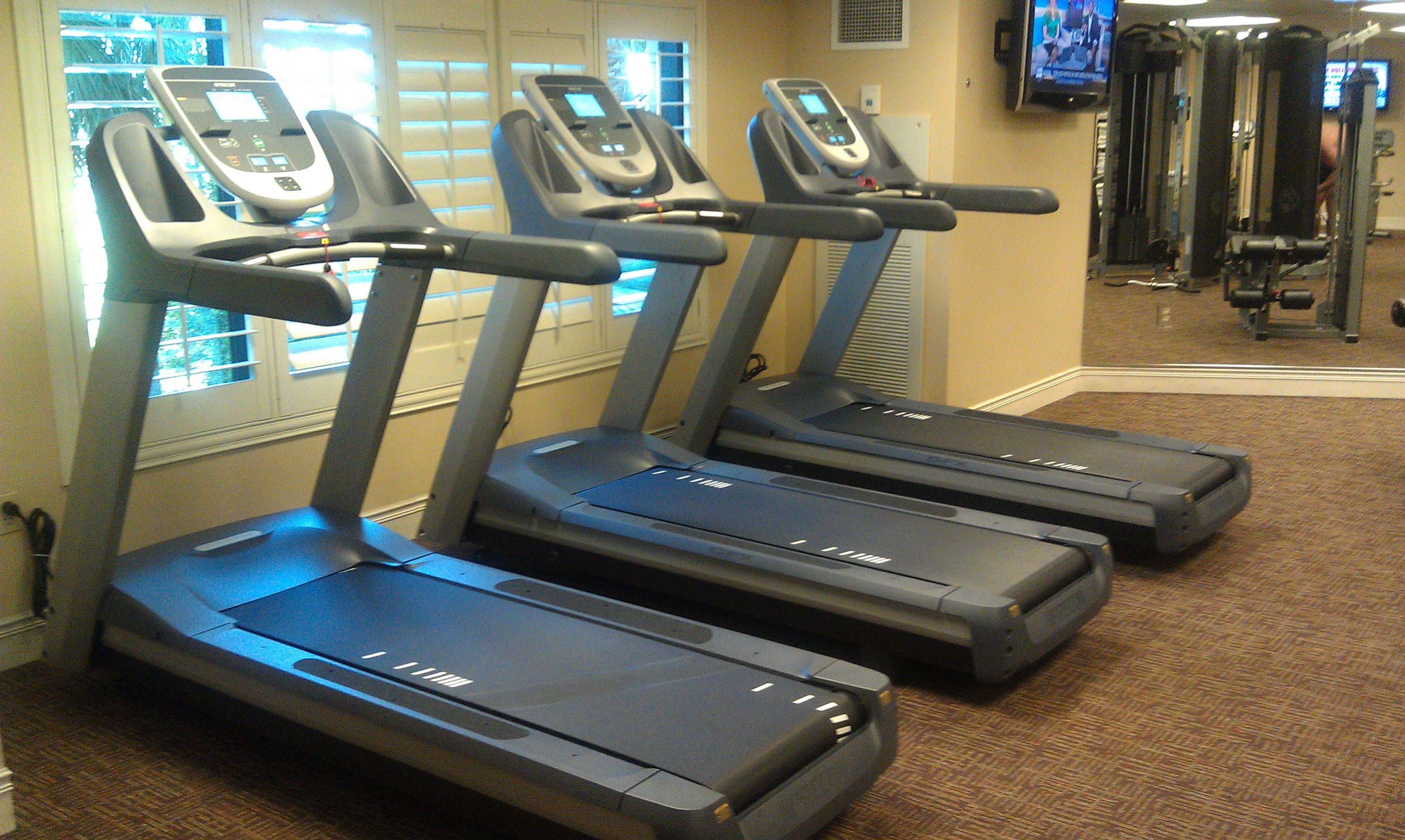Income Tax
Congress Considers Tax Deduction for Some Sports & Fitness Expenses
The new proposed legislation would revise the rules by adding “qualified sports and fitness expenses” to Section 213. This includes amounts paid for membership at a fitness facility, participation or instruction in a program of physical exercise or ...
Apr. 30, 2015

There’s no argument that much of America needs to get in better physical shape. Maybe some of your clients are doing their part by joining a gym or exercising on their own. Of course, you can’t deduct the cost of a gym membership or workout equipment as a medical expense if you’re simply improving your general health. It has to be required for a specific illness or medical condition.
However, a new bill in Congress is giving gym enthusiasts some hope. Under H.R. 1218, the “Personal Health Investment Today” (PHIT) Act introduced by Rep. Charles Boustany (R-LA), you might benefit from a tax incentive for working out.
Currently, you may deduct expenses under Section 213 of the tax code only if the cost is incurred for medical care, minus any reimbursement. For this purpose, “medical care” includes amounts paid for the following:
- The diagnosis, cure, mitigation, treatment, or prevention of disease, or for the purpose of affecting any structure or function of the body;
- Transportation primarily for and essential to medical care;
- Qualified long-term care services; or
- Insurance.
But the tax code generally doesn’t cover gym memberships, fitness equipment or similar expenses that help you get in better shape.
The new proposed legislation would revise the rules by adding “qualified sports and fitness expenses” to Section 213. This includes amounts paid for membership at a fitness facility, participation or instruction in a program of physical exercise or physical activity and equipment used in a program of physical exercise or physical activity.
Note that a fitness facility would have to meet certain minimum standards. For instance, it can’t provide golfing, hunting, sailing or riding facilities or be a private club owned and operated by its members. The bill’s supporters don’t want to turn this tax break into a loophole for the country club set.
Conversely, the application of “equipment” is broad, encompassing videos and books, as well as dumbbells and StairMaster machines used exclusively for exercising. No deduction would be allowed for apparel like compression sleeves and bike shorts.
The bill caps the maximum deduction for qualified sports and fitness expenses at $1,000 for single filers and $2,000 for joint filers. This would typically cover a taxpayer’s gym membership for the year.
Of course, there’s another hurdle: Only medical expenses in excess of 10 percent of adjusted gross income (AGI) for someone under age 65 are deductible and non-itemizers are completely out of luck. Nevertheless, a change in the definition of medical care would enable participants in flexible spending accounts (FSAs) to withdraw funds tax-free or these expenses. Therefore, the law might encourage greater use of FSAs.
When you consider the ultimate revenue impact for the federal government, taking into account expenditures relating to treating obesity and other costs, the PHIT Act appears to be a win-win situation. We will monitor the bill’s progress as it wends its way through Congress.
